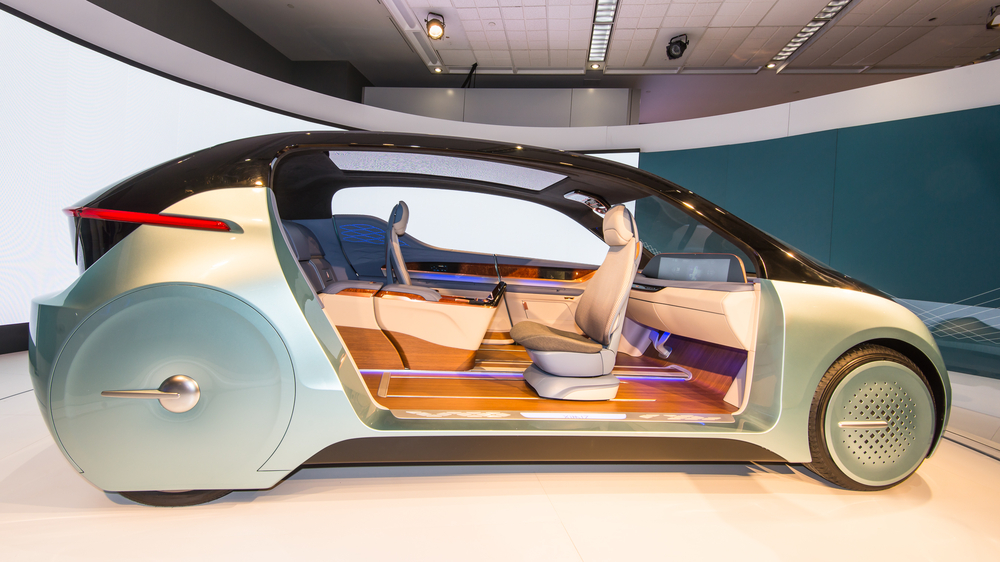Self-driving vehicles are one of the main points of focus in the technology sector today. A lot has been said about autonomous cars over the past few years, yet there are quite a few things most consumers remain unaware about. The future of autonomous vehicles may look very different from how most people envision it, that much is certain.
#4 Future Generations May Not Have A Steering Wheel
It is very difficult to picture any motorized vehicle without a steering wheel. In the car industry, steering wheels are normal, even though they are on the wrong side of the vehicle in some countries. However, if it had been up to Google, self-driving cars would not have had a steering wheel in the first place. Nor would they have any pedals whatsoever, which made people very wary of this technological venture.
Unfortunately, regulation got in the way of those plans and forced Google – as well as other companies – to ensure these autonomous vehicles have the necessary pedals and steering wheel. It is not out of the question to see manufacturers push toward removing the steering wheel in future generations of self-driving vehicles, though.

#3 Autonomous Cars Have Night Vision
Unlike traditional car models, the self-driving vehicles currently in development have excellent night vision. In fact, they can see as well as cats in the dark, without the need for special headlights, street lamps, or any other type of illumination. Ford is the market leader in this regard, although there are still the early stages of development.
#2 Weather and Road Conditions are Still a Problem
Many people assume these artificial intelligent cars will be able to handle any situation with ease. So far, that remains to be seen, and some caveats have already been exposed. Weather conditions will heavily affect most models, as heavy rain, snow, and fog prove to be problematic for even the most advanced sensors.
Unfortunately, critters crossing the road are also a problem for these smart autonomous cars. The software steering the vehicle is not sophisticated enough to recognize squirrels and other critters and will run them over if they come in the car’s path. Larger animals, such as cats and dogs should be safe from harm, though.
#1 Not all Autonomous Cars Are Equal
Contrary to what most people think they know, not all self-driving vehicles are on the same level. In fact, according to the National Highway Traffic Safety Administration (NHTSA) there are six different levels of autonomy, ranging from zero driver assistance to full automation. Most vehicles in development will fall below the level of full automation, which may be a good thing.
Studies show that it takes on average 10 seconds for a human to transition from a state of full driving assistance to no driving automation. In case of an emergency situation one might not react fast enough to avoid it. A potential solution is to have designated autonomous driving zones, like open wide roads and long highways, and disallow full driving automation in more populated areas like cities and large towns. Furthermore, conditional automation is perhaps the best option, as the car does most things yet allows drivers to keep some control.
If you liked this article, follow us on Twitter @themerklenews and make sure to subscribe to our newsletter to receive the latest bitcoin, cryptocurrency, and technology news.

